 2018 BYD Tang II Dimensions, Size & Specs
2018 BYD Tang II Dimensions, Size & SpecsMeasurements of the 2018 BYD Tang II, engineered for optimal performance and comfort
| Dimensions | |
|---|---|
| Length: | 4870 mm191.7 in16.0 ft |
| Width: | 1950 mm76.8 in6.4 ft |
| Height: | 1725 mm67.9 in5.7 ft |
| Ground Clearance: | 170 mm6.7 in0.6 ft |
| Trunk Capacity: | 940 liter33.2 cu ft |
| Trunk Capacity (Max): | 1655 liter58.4 cu ft |
| Weight Specifications | |
| Curb Weight: | 2295-2390 kg5060-5269 lbs |
| Maximal permitted Weight: | 2820-2995 kg6217-6603 lbs |
| Tire Specifications | |
| Rims Sizes: |
|
| Tire Sizes: |
|
The BYD Tang II, produced between 2018 and 2021, represents a mid-to-large size SUV offering from Chinese automaker BYD. Measuring 4870 mm (191.7 inches) in length, 1950 mm (76.8 inches) in width, and 1725 mm (67.9 inches) in height, the Tang II provides a spacious and commanding presence on the road. With a curb weight ranging from 2295 to 2390 kg (5059 to 5268 lbs) and a maximum weight between 2820 to 2995 kg (6219 to 6603 lbs), this SUV balances robustness with comfort.
The vehicle's ground clearance sits at 170 mm (6.7 inches), giving it ample capability for moderate off-road conditions while maintaining urban drivability. The BYD Tang II is equipped with large rim options of 20 and 22 inches, fitted with tire sizes of 255/50 R20 or 265/40 R22, enhancing both aesthetics and road grip.
One of the standout features of the Tang II is its impressive luggage capacity. The rear cargo space offers 940 liters (33.2 cubic feet) for everyday storage needs, which expands significantly to 1655 liters (58.4 cubic feet) when the rear seats are folded down—ideal for larger cargo or extended travel.
Overall, the BYD Tang II combines substantial dimensions, solid build weight, and versatile storage, making it a competitive choice for families or individuals seeking a spacious SUV with practicality and modern styling in the mid-size SUV segment.
Discover the standout features that make the 2018 BYD Tang II a leader in its class
Have a question? Please check our knowledgebase first.
The BYD Tang II, produced between 2018 and 2021, is a midsize SUV with an overall length of 4870 mm (191.7 inches), a width of 1950 mm (76.8 inches), and a height of 1725 mm (67.9 inches). These dimensions place the Tang II in a competitive segment, offering a spacious exterior footprint that balances passenger comfort and urban maneuverability. The width at 1.95 meters ensures ample shoulder room inside while providing a strong road presence. The height of 1.725 meters gives sufficient headroom and the right stance for an SUV, blending style with practicality.
The BYD Tang II SUV has a curb weight ranging between 2295 kg and 2390 kg (roughly 5,061 to 5,268 lbs). This weight reflects the vehicle including all standard equipment, fluids, and a nominal driver weight. Its maximum weight or gross vehicle weight rating (GVWR) ranges from 2820 kg to 2995 kg (approximately 6,217 to 6,601 lbs), indicating the maximum allowable total weight including passengers, cargo, and the vehicle itself. These curb and maximum weight values imply a robust build, typically due to its hybrid/electric powertrain and safety features, contributing to both stability and fuel efficiency.
The BYD Tang II offers generous luggage capacity to meet the needs of family and adventure travel. With all seats in place, the SUV provides 940 liters (33.21 cubic feet) of cargo space, which is quite competitive for the midsize SUV segment. When the rear seats are folded down, the capacity expands substantially to 1655 liters (58.45 cubic feet), allowing for large or bulky items to be transported with ease. This flexibility makes the Tang II practical for everyday errands, long road trips, and moving larger loads, enhancing its appeal as a multi-purpose vehicle.
The ride height or ground clearance of the BYD Tang II is 170 mm (6.7 inches). This moderate clearance is typical for urban-focused midsize SUVs, providing enough height to handle rough city streets, speed bumps, and moderate off-road terrain without compromising vehicle stability. While not designed for extreme off-roading, the 170 mm clearance assists in protecting the undercarriage from potential damage on uneven surfaces and improves overall driving confidence on various road conditions.
The BYD Tang II offers rim sizes of 20 inches and 22 inches, with corresponding tire sizes of 255/50 R20 and 265/40 R22 respectively. Larger 22-inch rims with lower-profile tires (265/40) often improve handling precision and give the vehicle a sportier look, but may provide a slightly firmer ride due to less tire sidewall cushioning. The 20-inch rims with 255/50 tires balance comfort and performance, absorbing bumps more effectively for everyday driving. These options allow buyers to prioritize either ride comfort or sharper handling based on preferences.
A standard residential garage typically measures around 2.4 meters (7.9 feet) in width, 5.5 meters (18 feet) in length, and 2.1 to 2.4 meters (7 to 8 feet) in height. The BYD Tang II is 4870 mm (4.87 meters or 15.98 feet) long, 1950 mm (1.95 meters or 6.4 feet) wide, and 1725 mm (1.725 meters or 5.66 feet) tall. Given these dimensions, the Tang II comfortably fits into most standard residential garages in terms of width and height, with some space left for opening doors and movement around the vehicle. The length also fits well within typical garage depths, ensuring ease of storage for everyday home use.
The BYD Tang II, which replaced the first-generation Tang, is generally larger and slightly heavier. The first-gen BYD Tang measured approximately 4800 mm in length, making the Tang II's 4870 mm length a modest increase that improves interior space and road presence. Width and height also saw incremental changes to enhance passenger comfort. In terms of weight, the second-generation’s curb weight between 2295-2390 kg is typically higher due to added technological components, safety features, and improved powertrain options like hybrid or plug-in hybrid systems. These changes resulted in a more modern, refined SUV with improved utility and performance over its predecessor.
The BYD Tang II stands competitively against other midsize SUVs like the Toyota Highlander, Kia Sorento, and Hyundai Santa Fe regarding exterior dimensions and cargo capacity. With a length of 4870 mm and cargo space of 940 liters (33.21 cubic feet) expanding to 1655 liters (58.45 cubic feet) when rear seats are folded, it offers one of the more spacious and versatile cabins in a midsize SUV category. While some rivals may offer slightly larger cargo volumes, the Tang II’s balance of size, weight, and roomy interior make it a practical and appealing choice, especially for buyers interested in hybrid or electric configurations.
The BYD Tang II (2018-2021) is a midsize SUV that emphasizes a blend of modern design, efficiency, and technology, particularly known for its hybrid and electric powertrains reflecting BYD's expertise in green mobility. It offers a spacious 7-seat configuration, a sleek exterior with large wheels (up to 22 inches), and competitive dimensions that suit both urban and family needs. Significant tech features include advanced safety assists, infotainment systems, and efficient power delivery. Overall, the Tang II has been praised for its combination of luxury features, electric technology, and practicality, positioning it as a prominent SUV in emerging electric and hybrid markets.
Compared to main competitors such as the Tesla Model X, NIO ES6, or Mitsubishi Outlander PHEV, the BYD Tang II distinguishes itself with a strong value proposition centered on affordability and a robust hybrid powertrain. While some rivals may offer longer electric-only ranges or advanced autonomous features, the Tang II provides competitive electric driving capability combined with a spacious cabin and large cargo capacity. Its 20- or 22-inch wheels and solid curb weight reflect premium build quality. Additionally, the Tang II's comprehensive hybrid system makes it attractive for buyers wanting electric benefits without full reliance on charging infrastructure, blending versatility with green technology.
Discover similar sized cars.
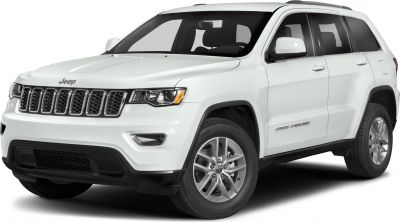
| Production: | 2017-2022 |
|---|---|
| Model Year: | 2017 |
| Length: | 4822-4846 mm189.8-190.8 in |
| Width: | 2156 mm84.9 in |
| Height: | 1724-1792 mm67.9-70.6 in |
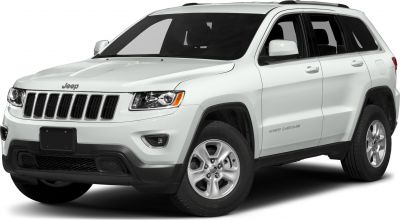
| Production: | 2013-2017 |
|---|---|
| Model Year: | 2013 |
| Length: | 4822-4859 mm189.8-191.3 in |
| Width: | 2156 mm84.9 in |
| Height: | 1717-1802 mm67.6-70.9 in |
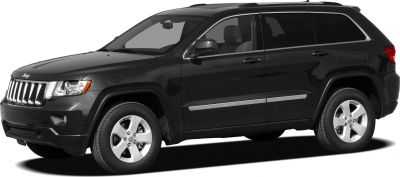
| Production: | 2010-2013 |
|---|---|
| Model Year: | 2011 |
| Length: | 4822-4859 mm189.8-191.3 in |
| Width: | 2156 mm84.9 in |
| Height: | 1756-1781 mm69.1-70.1 in |
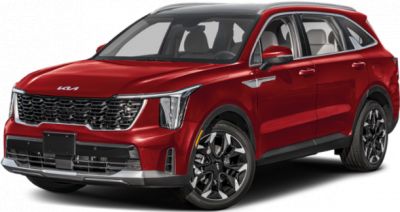
| Production: | 2024-present |
|---|---|
| Model Year: | 2024 |
| Length: | 4801-4816 mm189.0-189.6 in |
| Width: | 2170 mm85.4 in |
| Height: | 1694-1700 mm66.7-66.9 in |
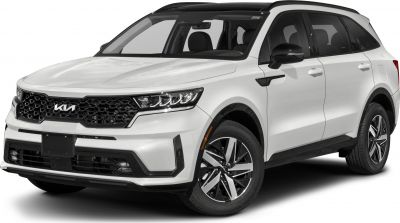
| Production: | 2020-2024 |
|---|---|
| Model Year: | 2020 |
| Length: | 4798-4811 mm188.9-189.4 in |
| Width: | 2170 mm85.4 in |
| Height: | 1700 mm66.9 in |

| Production: | 2018-2020 |
|---|---|
| Model Year: | 2018 |
| Length: | 4801 mm189.0 in |
| Width: | 2140 mm84.3 in |
| Height: | 1689 mm66.5 in |
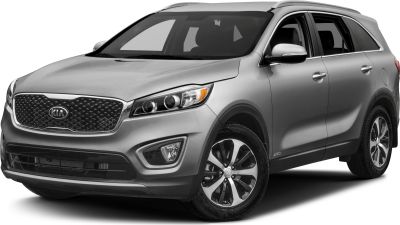
| Production: | 2014-2018 |
|---|---|
| Model Year: | 2015 |
| Length: | 4780 mm188.2 in |
| Width: | 2140 mm84.3 in |
| Height: | 1690 mm66.5 in |
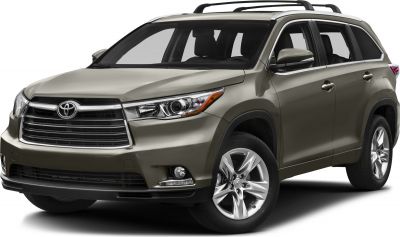
| Production: | 2013-2016 |
|---|---|
| Model Year: | 2014 |
| Length: | 4865 mm191.5 in |
| Width: | 1925 mm75.8 in |
| Height: | 1730 mm68.1 in |
